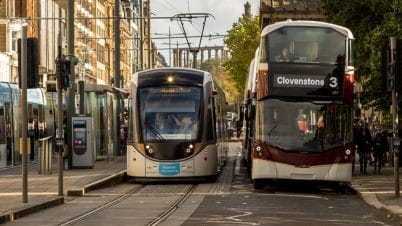
Alcatel-Lucent Enterprise Blog
Welcome to the Alcatel-Lucent Enterprise blog. Here you'll find opinions and commentary from employees, partners and industry experts.
Featured Post

AI in Networking: 7 trends to watch in 2025
AI is transforming data networking with user-centric, efficient and sustainable solutions.
Latest Blogs

Your Communications System: A Brake or an Accelerator?
A modernized platform empowers enterprises to optimize operations and drive continuous performance.

Smart Manufacturing Solutions: The Future of Connected Fact…
Smart manufacturing solutions enable connected factories through reliable, intelligent network connectivity that powers automation and efficiency.

Improving Collaboration in Multimodal Transport
Rainbow transforms how companies, staff and passengers operate and connect in public multimodal transport systems.

Growing Needs Demand Effective Differentiation for Hotels
Growing needs demand effective differentiation for hotels to optimize operations and enhance guest experiences.

Onboard Communications for Secure and Efficient Driverless …
The metro and light rail shift to driverless trains makes onboard communication systems vital for safe, efficient operations.

What Buyers Must Know About Vendors in Transportation Proje…
In transportation projects, products matter, but what does the buyer need to know about the vendor to make the right choice?

When Infrastructure Gets Tested by Fire—Literally
OmniSwitch 6865 proves its reliability during a real roadside fire, keeping critical infrastructure online without failure.

A Hotel Manager's Report to the Board of Directors
Advanced networks optimize hotel staff performance to improve guest experiences

Transforming Patient Care with Unified Communications
Discover how a top U.S. healthcare system unified communications to boost care continuity, hybrid work, and digital evolution.

Why Network Security Needs IoT Fingerprinting and Profiling
With IoT endpoints now outnumbering traditional devices, static policies and manual provisioning no longer suffice




